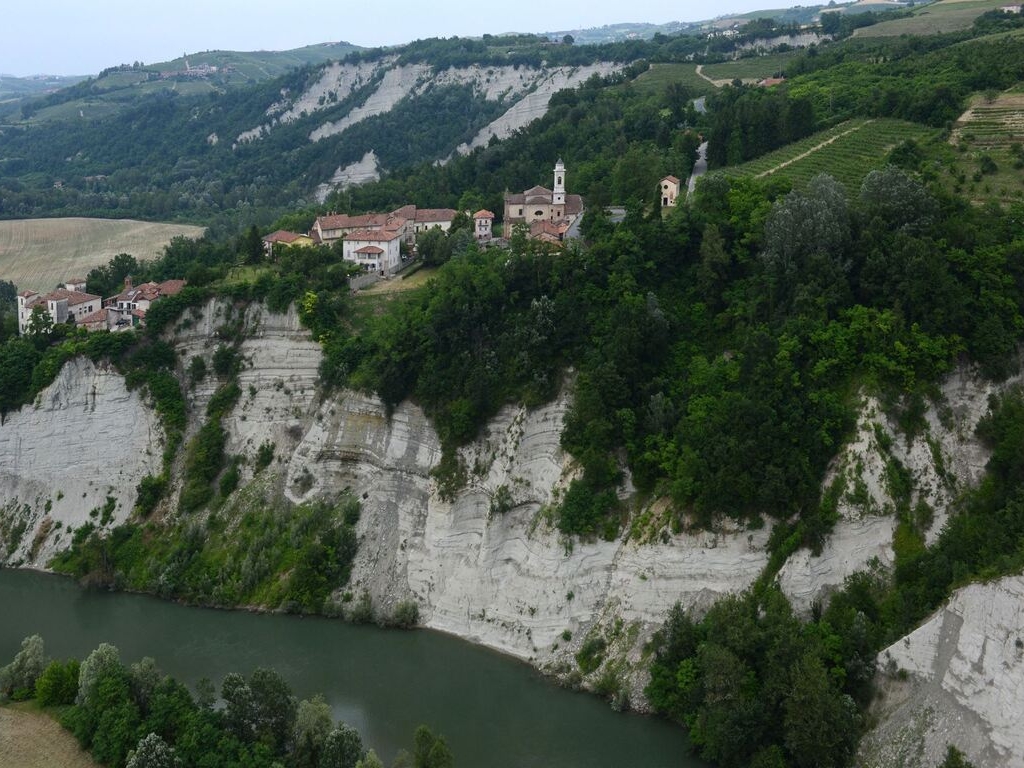The territory of Clavesana was already inhabited in ancient times by the Ligurian Bagienni people, who were later exterminated by the Romans during the conquest of the Langhe and Cisalpine Gaul.
In the early Middle Ages it was the seat of the Aleramo dynasty and the Marquisate of Clavesana, which covered a particularly large territory corresponding to the current provinces of Cuneo, Savona and Imperia. It was also during this period that a community of monks settled in a nearby ancient rural village. They were probably the first to clear the hills and plant the first Dolcetto vineyards.
The era of splendour ended in 1387 with the death of Marquis Manuel II, when the small potentate was fought over by the various powers in the area until Genoa took over the Ligurian territories, while the areas near Mondovì were annexed to Saluzzo.
Today the town lives mainly on agriculture, in particular on the cultivation of grapes for the production of Dolcetto d'Alba, to which an annual festival is dedicated: two days dedicated to this magnificent product during which it is possible to taste the new vintages of Dolcetto di Clavesana accompanied by traditional dishes, and visit the famous calanchi, natural phenomena caused by the erosion that the waters of the Tanaro river cause to the clayey soils typical of the area. The gullies are imposing, deep furrows, steep and devoid of vegetation, surrounded by rows of vineyards that make this strip of land so special.
The beauty of Clavesana does not end with its natural surroundings, however, as there are several examples of religious buildings in the village, including the typically Baroque Confraternity of the Battuti Bianchi and the Sanctuary of the Madonna della Neve, in the neighbouring village of the same name.
Important secular buildings are the Castello dei Caramelli, built on a cliff overlooking the Tanaro river, and the Ethnographic Museum in the picturesque old town centre, also perched on the mighty gullies. The museum is housed in the ancient Palazzo Comunale del Capoluogo, a seventeenth-century stately building, which in its 11 rooms shows visitors, through images of high historical value, broad glimpses of the now-forgotten rural life of the Langa populations.
